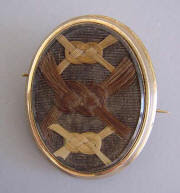As many good things often do, Baroque architecture originated in Italy...early 17th century saw the beginning of a new, lavish ornamental style......
I always think of Baroque when I see a Margaret Braun cake! Her designs are so over the top, every inch treated with ornamental decoration.
Sanssouci Palace
Sanssouci Palace
The blending of painting and opulent architecture were characteristic of the Baroque era as seen here in the Sanssouci Palace, home to Frederick the Great, King of Prussia.
Schloss Charlottenburg in Berlin, the largest surviving royal palace, was designed by Georg Wenzeslaus von Knobelsdorf. Knobelsdorf studied in Paris and Italy and came back to Berlin to create Frederickian Rococo.
This Rococo style was a continuation of the Baroque influence.
Every surface was treated as a potential canvas for decoration.
Elaborate scenes were carved from plaster and gilded spilling over from walls to ceilings.
Palm fronds and trellising were also common subject matter.
The shell shaped curves were also seen in porcelain with gold edging many times over a mirrored background.
Baroque artists gave us glorious detailed ornaments. Adding beauty though dimensional carved ornament and using piping bags to create vines, flowers and trelliswork, they were the cake decorators of Baroque architecture.
All photos (except the cake) are courtesy of the Berger Foundation.




























































































